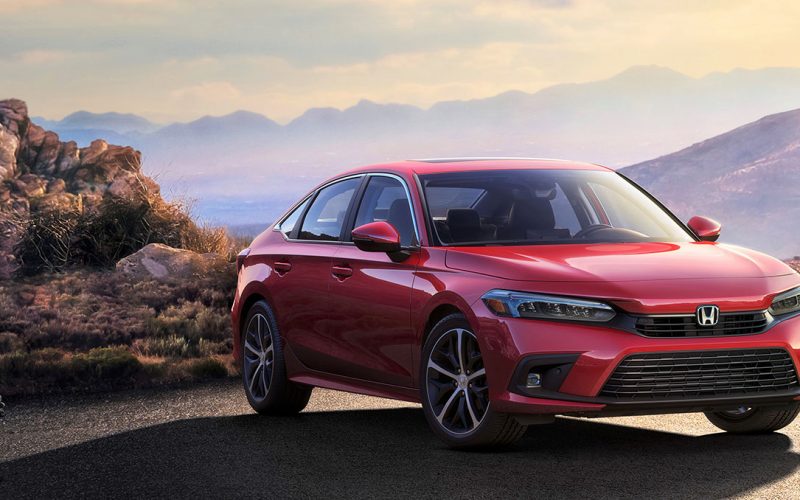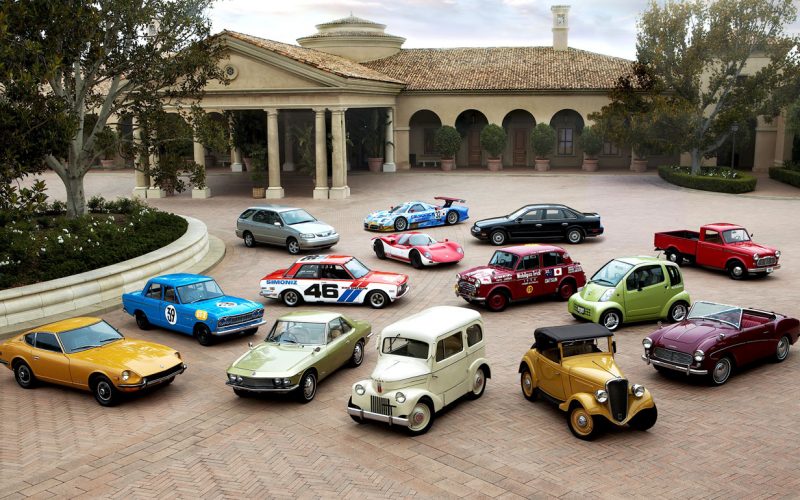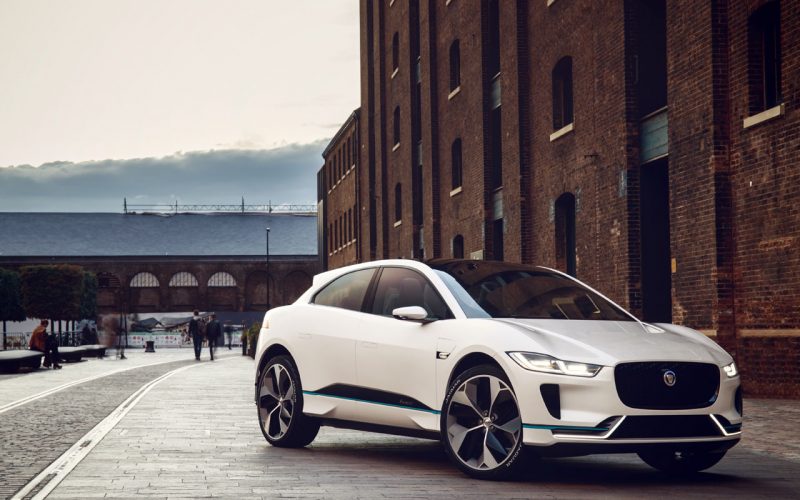
Reading Time: 3 minutesHonda Canada’s Civic sales have been crashing recently, down more than 20 percent throughout Q1 of

Reading Time: 3 minutesNissan recently celebrated the global production milestone of 150 million vehicles, a feat that took the

Reading Time: 4 minutesIt’s official: The innovative Jaguar I-Pace electric vehicle will arrive in production trim during the second
© 2025 The Car Magazine. All Rights Reserved, Privacy Policy | Terms of Use